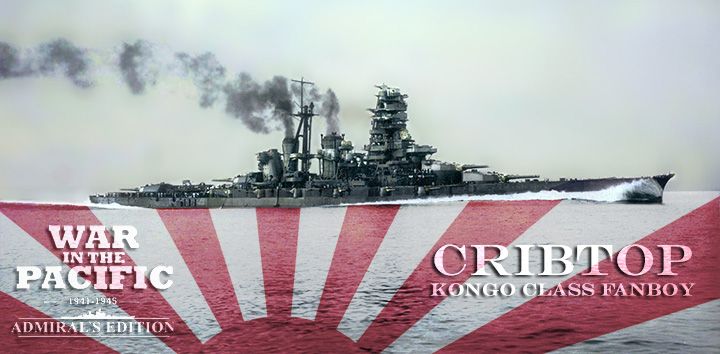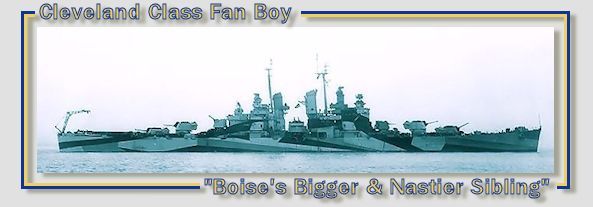Cribtop
Posts: 3890
Joined: 8/10/2008
From: Lone Star Nation
Status: offline

|
Analysis - Active Defense
After recent discussions in which Alfred and nygiants59 (congrats on the Super Bowl, by the way, hoser!) have reinforced prior suggestions by Nemo and jrcar to participate in an active, rather than a passive, defense, I've put some thought into what that means in terms of doctrine. The following short descriptions are the tools I have conceptualized. How and where to apply them is the trick, of course. Comments are very welcome.
Direct Counterattack
Commonly used in AE, this involves either landing a large reserve to re-take a captured base or to reinforce it to the point that capture by the enemy is impossible. Probably requires at least 3 Divisions in reserve plus good sealift capacity.
Indirect Counterattack
A thrust against rear area bases of the same AO in which the enemy has begun an offensive. Intention is to disrupt enemy plans and SLoCs and generally throw things into chaos from the enemy's perspective. For example, presume the Allies invade Tulagi and Guadalcanal. An indirect counterattack might involve seizure of Luganville. A great in game example of this move on a grand scale was (IIRC) when Castor Troy responded to an invasion of the Timor area by seizing the supporting bases in NW Oz, isolating the Timor invasion and eventually destroying it.
Spoiling Attack
An attack against enemy positions that occurs before an anticipated enemy offensive in the same AO. Intention is again to throw off the enemy's plans and take the initiative, but the element of timing is the differentiator from one of the counterattacks. For example, if I anticipate CF is planning to hit the Timor area, I might seize Carnarvon.
Disruptive Thrust
This is the most aggressive, and potentially most risky, tool available. It involves a large scale attack into the enemy's depth, but in an AO from which an enemy offensive is not expected. Risks include the size and exposure of the Op in general, as well as the risk that if a vital target is not chosen, the enemy may simply ignore the disruptive thrust and proceed with his offensive. This method obviously must be handled with care.
Application
So, did I miss an option? If so, by all means let me know.
The next question, of course, is what operations should be attempted in the current game. Cribtop Intel is of the opinion that Baker was a bit of a "player training" Op for Cuttlefish, a doable, low risk attack that let him get used to amphib assaults with the Allied forces. It has probably gone long enough that it isn't a feint for another Op. However, his main force is clearly located at Sydney. He could be looking at PM, the Solomons or the Gilberts from there. Alternatively, he could be planning a left hook out of Sydney with a surprise attack on the DEI, probably in the Timor area.
One obvious move is a direct counterattack on Baker Island. It is too late to use this as a method of bringing the USN to battle. I'm not sure it's really worth recapturing, especially if I have to reveal MKB's location to do it (that is not necessary, but with the IJN CVs in deep support if something goes wrong they may have to show themselves, or, alternatively, may want to if CF commits fleet elements).
I will spend the next week pondering other potential uses of these doctrines, and would be happy for any thoughts of the readership. Note that raiding is not on the menu after the disaster of Operation Kraken.
< Message edited by Cribtop -- 2/21/2012 3:37:31 AM >
_____________________________
|
 Printable Version
Printable Version






















 New Messages
New Messages No New Messages
No New Messages Hot Topic w/ New Messages
Hot Topic w/ New Messages Hot Topic w/o New Messages
Hot Topic w/o New Messages Locked w/ New Messages
Locked w/ New Messages Locked w/o New Messages
Locked w/o New Messages Post New Thread
Post New Thread